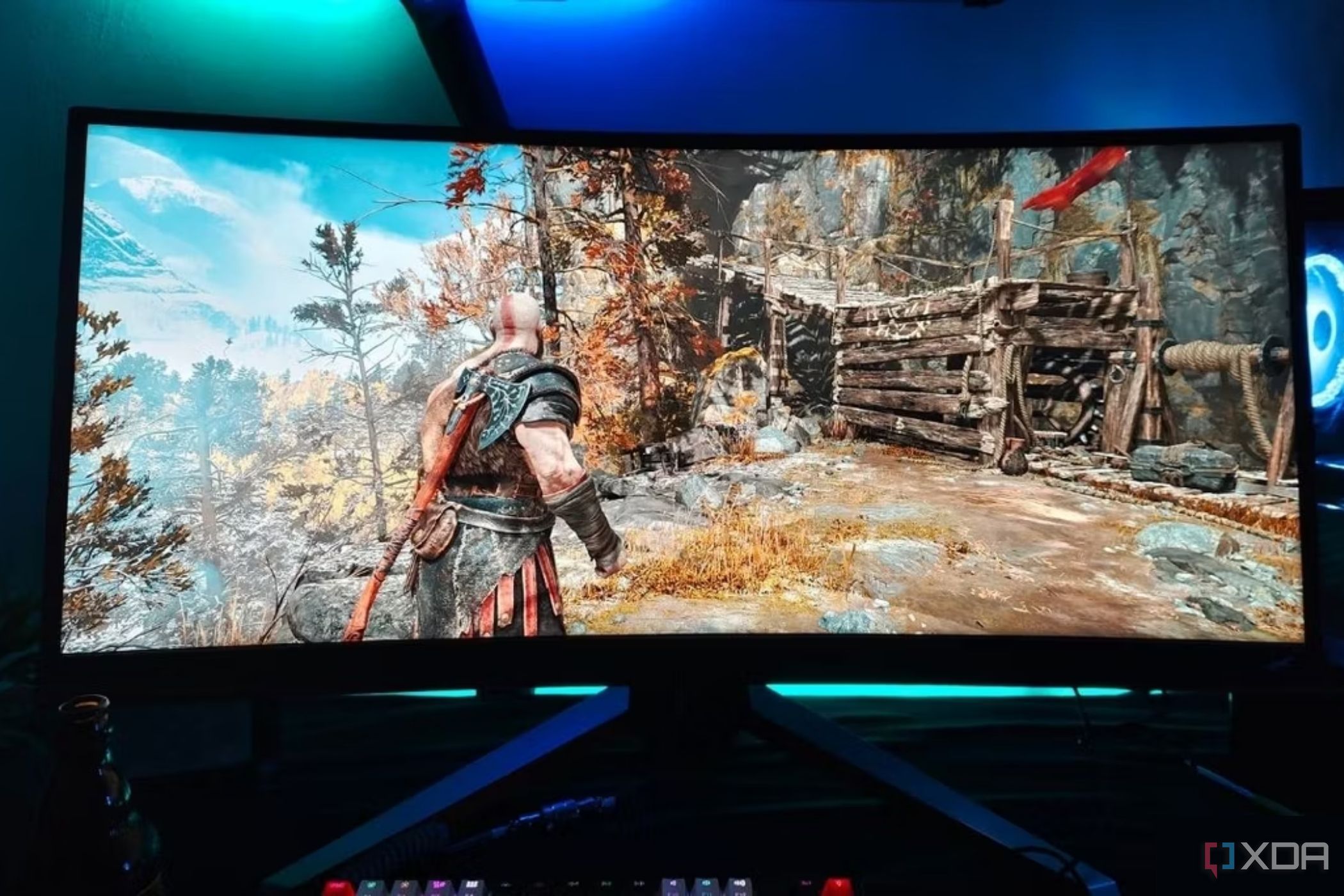URGENT UPDATE: A new review reveals shocking insights for gamers considering ultrawide monitors, specifically the Alienware AW3423DW. As of July 15, 2025, users are reporting significant downsides to the 21:9 aspect ratio that could affect your gaming experience.
While ultrawide monitors like the Alienware AW3423DW promise immersive gameplay, gamers are discovering major drawbacks that could turn your investment into a costly mistake. The review highlights four critical issues that every potential buyer should consider before purchasing an ultrawide monitor.
First, not all games support the 21:9 aspect ratio. Despite the growing popularity of ultrawide displays, many modern titles still default to the standard 16:9 format. This leads to frustrating black bars or distorted images in competitive FPS games like Valorant, where maintaining focus is crucial. Players report that the stretching of images can make aiming inconsistent and distract from gameplay.
Second, competitive gaming could suffer. The extra screen space, while beneficial for immersion in single-player modes, may split your attention in fast-paced matches. Players have noted that taking their eyes off the center can result in costly delays during critical moments, which can be the difference between victory and defeat in ranked matches.
Next, performance issues arise due to the increased pixel count. The ultrawide resolution of 3440×1440 means your GPU has to work harder compared to standard 2560×1440 monitors. This translates to lower frame rates in demanding titles, even for high-end graphics cards like the RTX 3090 and RTX 4090. Many users are left dialing down graphics settings or enabling DLSS just to maintain playable frame rates, which might not meet expectations for a high-end gaming setup.
Finally, daily use for streaming and productivity can be hit or miss. While ultrawide monitors are praised for their ability to display multiple windows side by side, many streaming platforms like Netflix and Disney+ still deliver content in 16:9, resulting in black bars that can ruin the viewing experience. Users report feeling overwhelmed by the sheer space, making effective window management essential to avoid clutter.
“If you’re seeking cinematic immersion, an ultrawide is worth it. But for competitive gaming or consistent media consumption, a standard monitor is often a safer bet,” cautions one reviewer.
The review emphasizes that ultrawide monitors are not for everyone. While they can provide stunning visuals for gaming and movies, the potential downsides could make them an expensive experiment for those who prioritize competitive play or regular streaming.
As gamers evaluate their options, it’s crucial to weigh the pros and cons carefully. The growing community of ultrawide users continues to share experiences, but this latest review serves as a vital reminder: make sure your purchase aligns with your gaming needs and lifestyle.
Stay tuned for more updates, as the gaming community continues to share insights on ultrawide monitors and their impact on gameplay. Don’t make a costly mistake—know what you’re getting into before you buy!
